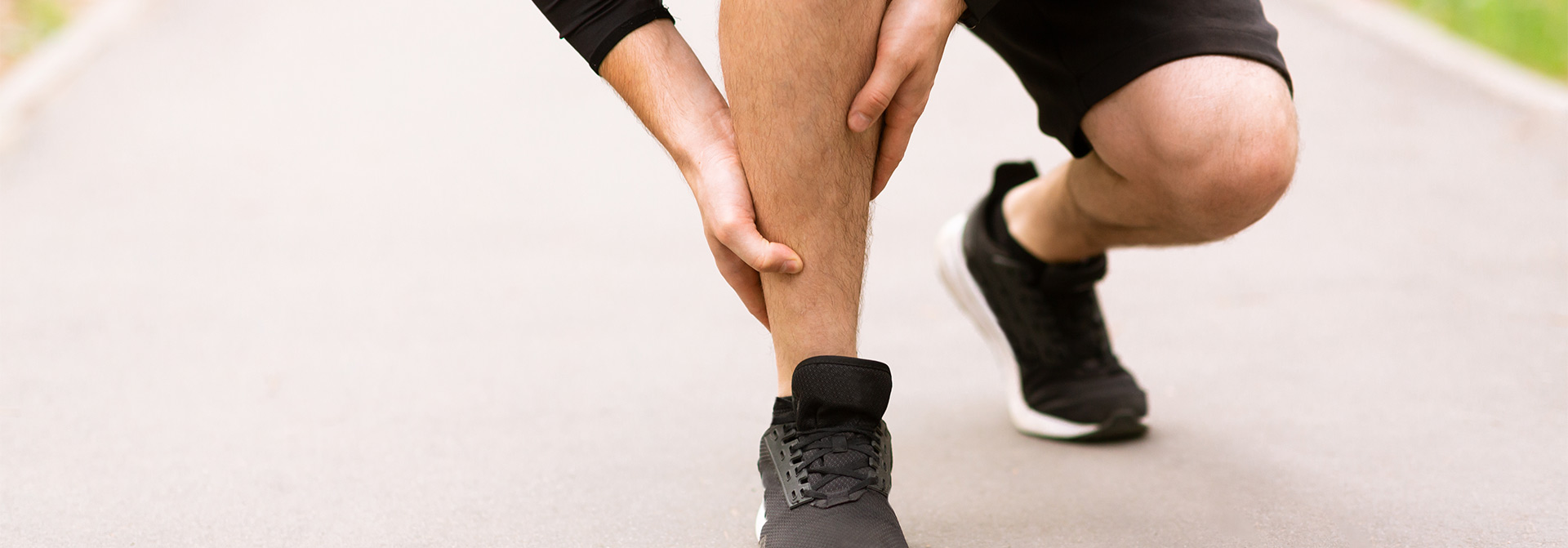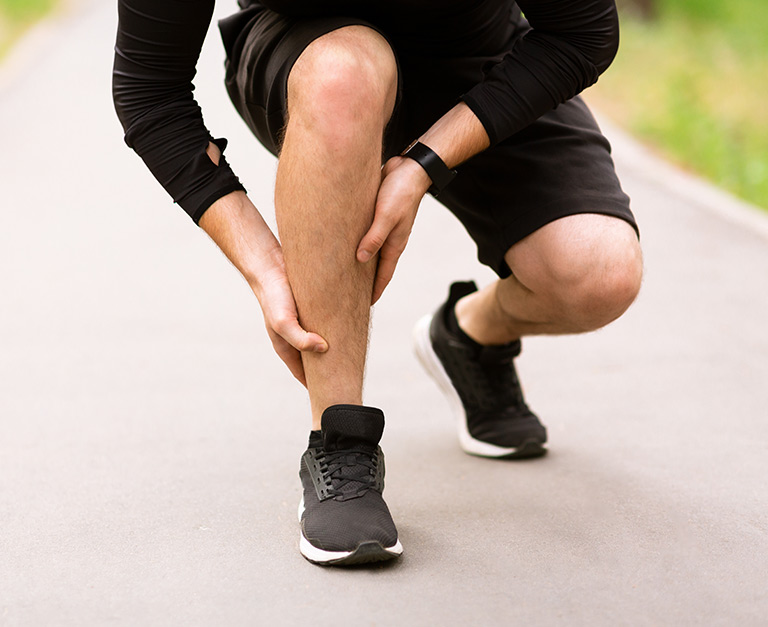Free Shipping:Applies to economy shipping only.*
+ Free Shipping is only available to valid addresses located in the contiguous U.S.
* Some exceptions apply


Power through it, you say to yourself as you try not to limp off the field, to your car, or through your front door. If other people can power through it, so can you; afterall, it’s just shin splints - even kids get those all the time... Well, yes and no. Yes, all people can get shin splints, including those of different ages, activity levels, and genders. But no, you don’t just have to pretend you are not in pain, and really you probably shouldn’t!
The most common symptoms of shin splints are:
If you have shin splints, you may also feel increased pain when you stand on your toes or roll your ankle inward. If you think you may have shin splints, make sure to talk with your doctor and here is why….
Even though shin splints may be common, they are not something to ignore. Shin splints have the potential to lead to stress fractures - tiny breaks in your bone. Although shin splints are usually relatively easy to treat, stress fractures require more medical attention and may even lead to being on crutches or in a wheelchair to avoid unneeded pressure on the bone (scary, we know).
For the optimists out there, there is a silver lining! If you have shin splints, there are many at-home ways you can treat them!
Here is how you can treat your shin splints:

